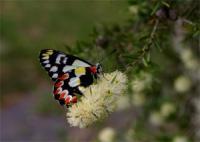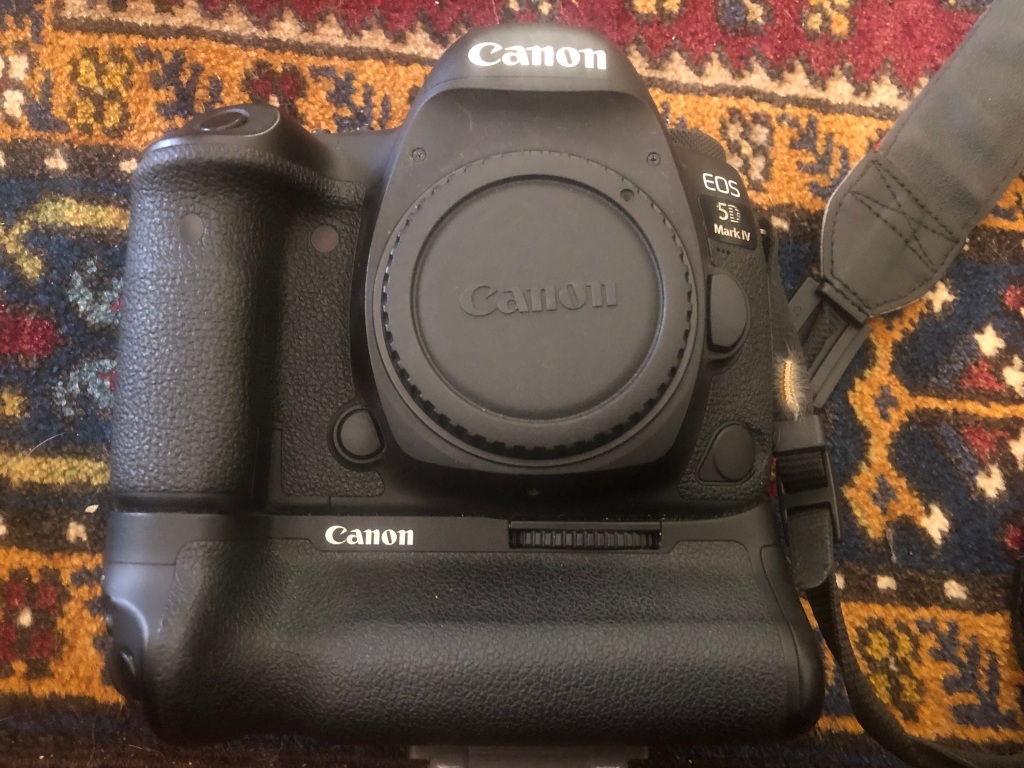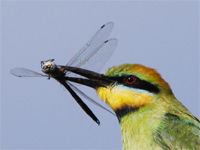I’ve had a few conversations recently about the challenges of thornbill identification.
Over coming weeks I’ll feature each of the local species in turn, followed by a post that will aim to cover the full set. First cab off the rank is the Striated Thornbill.
This species is a nice way to illustrate the overall thornbill identification ‘problem’. The trick is to look for what are sometimes referred to as ‘spotting characters’. Rather than attempting to observe all the different features of a bird at the same time, just focus on a limited set. Think of them as questions:
- What is the colour of the iris?
- Is the plumage streaked and if so where are the streaks?
- Is there any patterning on the forehead?
- Is the colour of the rump different to rest of the upper parts?
- What type of habitat is the bird in (e.g. farmland or woodland) and what layer of that habitat (e.g. ground or canopy)?
Using this approach and taking some quick mental notes can make the task of identifying that confounding ‘little brown bird’ pretty straightforward. Other attributes, such as the calls and general behaviour are also useful.
The Striated Thornbill, pictured below, has a number of distinctive spotting characters, but the main one to look for is the fine white streaking on the crown (which is distinctly rufous).
This thornbill also has somewhat coarser streaks on the ear coverts and breast, a feature that is shared with another local, the Brown Thornbill. In the case of the Striated Thornbill the iris is neither brick-red like the Brown Thornbill or pale like the Buff-rumped and Yellow-rumped Thornbills.
Striated Thornbills are a bird of the woodland canopy, where they spend their time, often in the company of other species, gleaning small insects from the foliage. Occasionally they’ll feed lower down, especially when wattles are flowering.

Striated Thornbill, Demo Track, 3rd June 2021

II

III

IV











This is incredibly helpful. Thanks
Wonderful set of clues and great pics. Thanks Geoff, I’m looking forward to the rest of the series. Bruce.
So interesting to me, Geoff, how different birders look for different features to identify species. For example, I’ll look for the streaks behind and below the eye to tell Striated Thornbill from Brown Thornbill. And – at least in Canberra – Striated Thornbill have a less streaked breast than the Brown Thornbill, and are yellow/green/brown birds compared to the grey/brown of Brown Thornbill.
Thanks Steve. Yes, we all have different strategies. Your hint on the Striated v Brown is very helpful. Cheers, Geoff
Thanks Geoff. I to find this helpful and look forward to follow ups.
Thanks Geoff….very useful indeed. Great shots.
Geoff,
thanks for the great images – they never stand still long enough for me to get a good look!
just one point of clarification – if the iris neither red nor pale, what colour is it?
Looking forward to further posts…
Hi Greg
The iris colour is described as ‘brownish … brown or grey-brown’ in HANZAB (Handbook of Australian New Zealand Birds). In the field the iris usually looks dark but when you see the brick-red of the Brown Thornbill it is quite distinctly different. That said, immature birds can be confounding – iris colour of immature Brown Thornbill is pretty similar to that of the Striated. Cheers, Geoff
Pingback: Brown Thornbills @ Fence Track | Natural Newstead
Pingback: Acanthiza nana | Natural Newstead
Pingback: Buff-rumped Thornbill | Natural Newstead